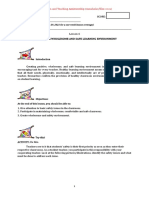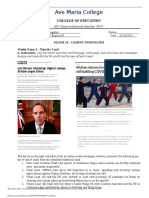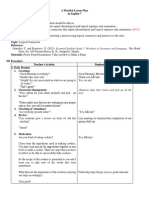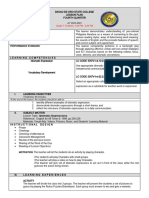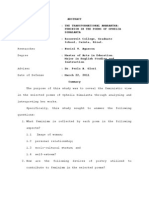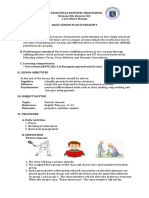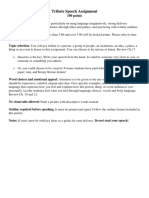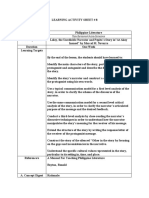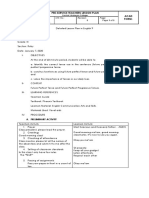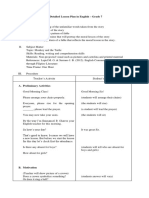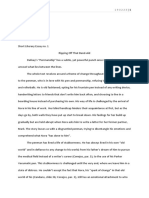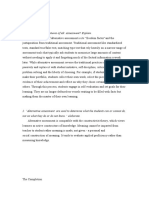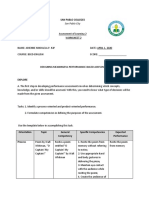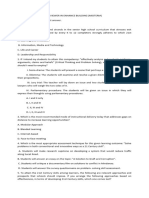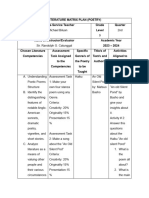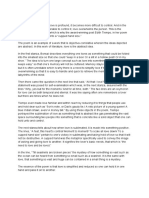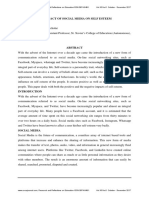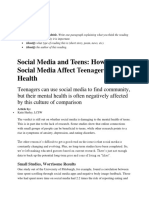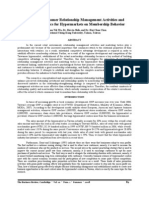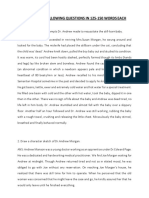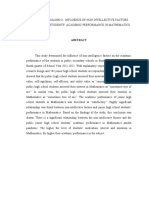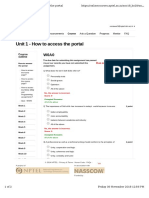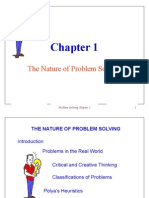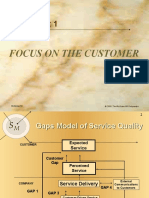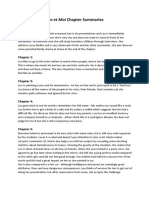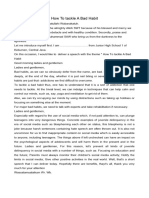0% found this document useful (0 votes)
323 views4 pagesName: Score: Course: BSED 4-ENGLISH Date: I. Multiple Choice. Encircle The Letter of The Best Answer
This document contains the results of a field study exam completed by a student named Jamela G. Maducdoc. The exam included multiple choice questions testing knowledge of curriculum concepts as well as short answer and essay questions. Some key points addressed in the student's responses include:
1) The importance of building relationships with students to establish effective classroom management.
2) Strategies a teacher can use to maximize the benefits of diversity in the classroom, such as getting to know each student, maintaining communication, acknowledging different cultures, and incorporating diversity into lesson plans.
3) The significance of a teacher understanding students' learning styles to customize their teaching techniques.
Uploaded by
Jamela MaducdocCopyright
© © All Rights Reserved
We take content rights seriously. If you suspect this is your content, claim it here.
Available Formats
Download as DOCX, PDF, TXT or read online on Scribd
0% found this document useful (0 votes)
323 views4 pagesName: Score: Course: BSED 4-ENGLISH Date: I. Multiple Choice. Encircle The Letter of The Best Answer
This document contains the results of a field study exam completed by a student named Jamela G. Maducdoc. The exam included multiple choice questions testing knowledge of curriculum concepts as well as short answer and essay questions. Some key points addressed in the student's responses include:
1) The importance of building relationships with students to establish effective classroom management.
2) Strategies a teacher can use to maximize the benefits of diversity in the classroom, such as getting to know each student, maintaining communication, acknowledging different cultures, and incorporating diversity into lesson plans.
3) The significance of a teacher understanding students' learning styles to customize their teaching techniques.
Uploaded by
Jamela MaducdocCopyright
© © All Rights Reserved
We take content rights seriously. If you suspect this is your content, claim it here.
Available Formats
Download as DOCX, PDF, TXT or read online on Scribd
/ 4
